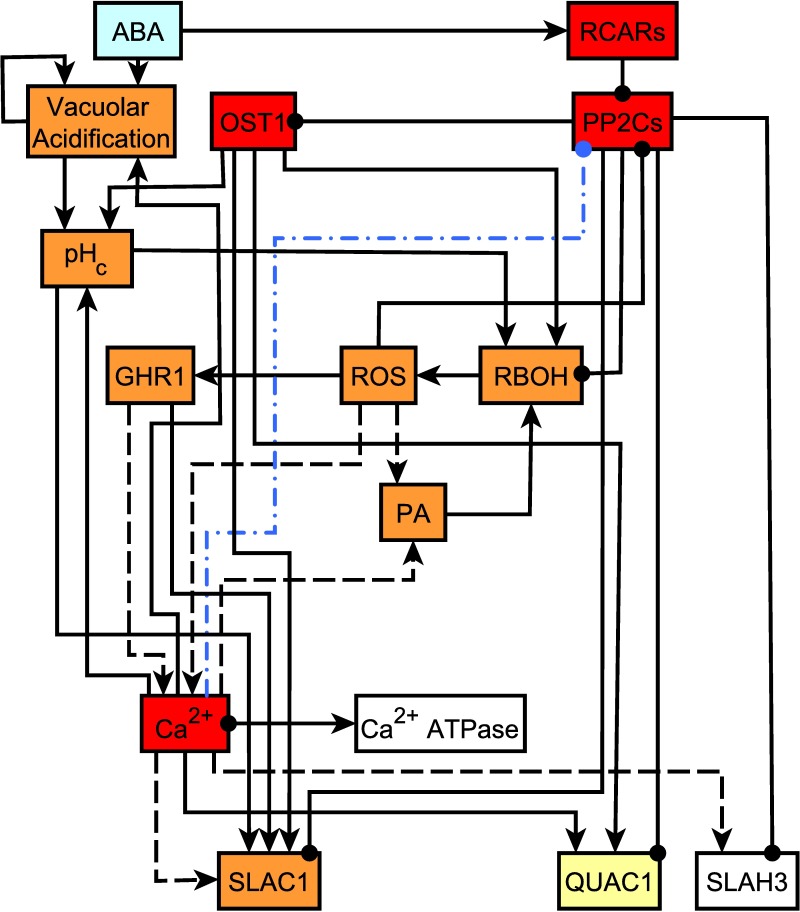Fig 6. The subnetwork from abscisic acid (ABA) to the anion channels includes the core ABA signaling chain as well as the entire strongly connected component (SCC).
As in Fig 1 and Fig 2, edges that end in an arrowhead signify activation and edges that end in a filled circle mean inhibition. For simplicity, certain linear chains, e.g., the Ca2+-dependent kinase (CPK)-mediated effect of Ca2+ on SLAC1 and SLAH3, have been compressed into single edges (shown with dashes). The 4 protein phosphatases 2C are merged into a single node (PP2Cs). ABA and RCARs are in the in-component, and SLAC1, QUAC1, and SLAH3 are in the out-component; the rest of the nodes are in the SCC. Nodes whose manipulation (knockout or, in the case of PP2Cs, constitutive activity) has been experimentally shown to cause decreased ABA sensitivity are marked with colored background (see Table 3). The colors indicate the response category for the simulated node manipulation: red means ABA insensitivity, orange marks reduced ABA sensitivity, and yellow means ABA hyposensitivity. The blue dash-dotted edge indicates our prediction that cytosolic Ca2+ inhibits the PP2Cs.

